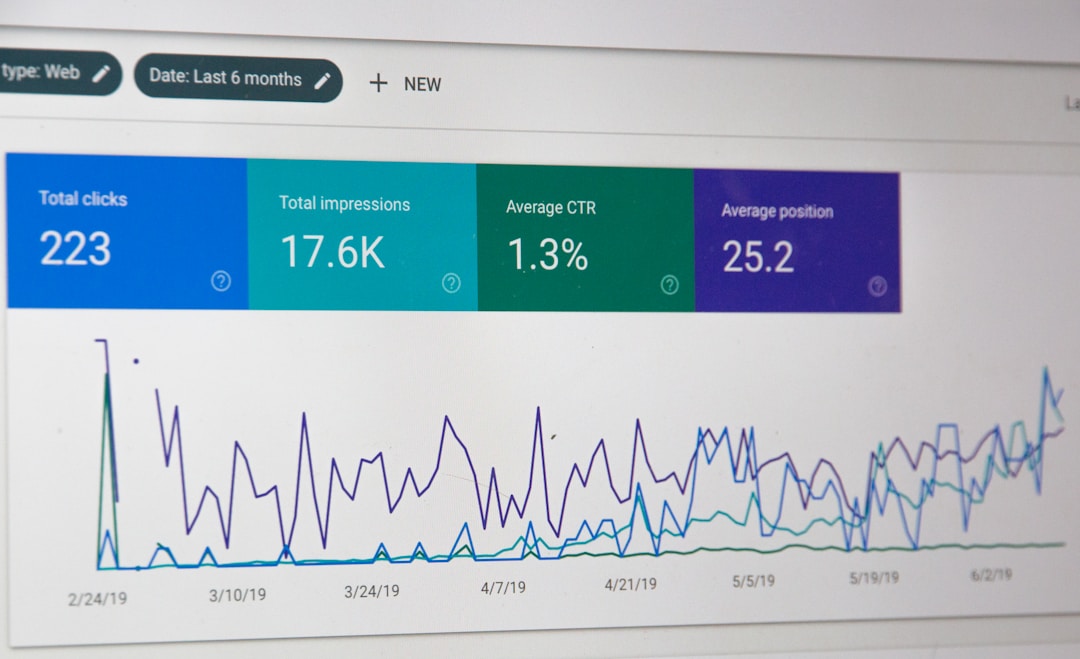Business
5 Data Applications For Cryptocurrency Exchanges

It’s been several years since cryptocurrency broke the internet and completely disrupted the financial markets. Now, cryptocurrency has gone from being the new kid on the block to the Mark Zuckerberg of investment options. In other words, it’s viral, and it’s not going anywhere anytime soon. With the way digital assets are becoming a prominent investment option, it only makes sense that crypto traders are using all of the data tools at their disposal to try and maximize their digital currency gains.
Cryptocurrency and big data—you have to love it when two of the biggest advancements in technology and commerce converge like this. As you can imagine, the use cases and applications for data science are numerous in the world of crypto. Continue reading to learn about five data applications that are among the most integral to cryptocurrency exchanges.
Table of Contents
1. Crypto Wallet

You may not think of a cryptocurrency wallet as a data application, but digital assets are a type of data, and since it’s data that represents your finances, it would be a good idea to protect it. Crypto wallets are probably the most important data application for traders because they’re a data storage and protection tool.
Hardware wallets are the safest option because it provides physical storage much the way the wallet in your back pocket does. However, cryptocurrency exchanges like RobinHood and Coinbase also have virtual wallets for their traders. To learn how to choose the best crypto wallet for your budget and needs, you should check out the CryptoVantage website. It’s a free online haven for people who are interested in learning in-depth about the best ways to go about trading digital currency.
2. Database Virtualization

One of the most critical data tools for end-users on cryptocurrency exchanges is database virtualization. Database virtualization is the bridge between data and analytics. In other words, a data virtualization platform is like a database server that serves as a wind tunnel for data, with data entering on one end and algorithms on the other. They meet in the data virtualization platform and yield actionable insights in the form of metrics that tell a deeper story than the raw data shows at first glance.
Through the process of database virtualization, you can decide how you want your analytics tool to manipulate the data. For instance, if you were trying to get Bitcoin projections for the next quarter, you could run predictive analytics. If you needed to find cryptocurrencies that were under $10, you could use reference data management.
3. Predictive Analytics

When it comes to trading assets of any kind, the number one thing investors want to know is what’s going to happen with their investment. That’s why predictive analytics tools are a huge hit with crypto traders, as well as with the big wigs down on Wall Street. To put things in perspective, it was through predictive analytics that Bitcoin was projected to shoot through the roof in 2021, so it’s more than a bunch of hocus pocus.
4. Data Visualization

Have you ever seen anything more boring on a computer screen than a bunch of numbers? If you’re not a mathematician or data scientist, it would probably be a mind-numbing experience for you.
That’s why there are data visualization tools that put raw data into graph form so you can see the changes and trends in the crypto market without getting a migraine from a numbers overdose. Data visualization is all about making it easy for average end-users to see what data analysts see.
5. iPaaS

With so many data applications running on one platform, it’s clear that the main type of data application cryptocurrency exchanges is integration platforms as a service (iPaaS). One of the most frustrating things is to have a powerful enterprise application infrastructure with a bunch of uncommunicative data silos.
iPaaS systems provide an ecosystem in which different applications can share data and functions with ease. With the right iPaaS system, you can integrate new and legacy systems seamlessly, view data from multiple sources side-by-side in a centralized dashboard, and make application integration a breeze.

-

 Business3 years ago
Business3 years agoHow to Do Long-Distance Moves with Children
-

 Travel2 years ago
Travel2 years agoQuick Guide: Moving To Santa Rosa?
-

 Real Estate3 years ago
Real Estate3 years agoWhy Dubai Festival City is a Great Neighbourhood for Young Learners
-

 Business3 years ago
Business3 years agoIs Guest Posting a Good Inbound Marketing Strategy?
-

 Business1 year ago
Business1 year agoThe Ultimate Guide To Thriving In Your Printing Franchise
-

 Business1 year ago
Business1 year agoExploring The Benefits And Challenges Of Restaurant Franchising
-

 Tech3 years ago
Tech3 years agoCyber Table That Will Change Your Life
-

 Lifestyle1 year ago
Lifestyle1 year agoDallas’ Hidden Gems: 6 Must-Try Restaurants Off The Beaten Path!









Recent Comments